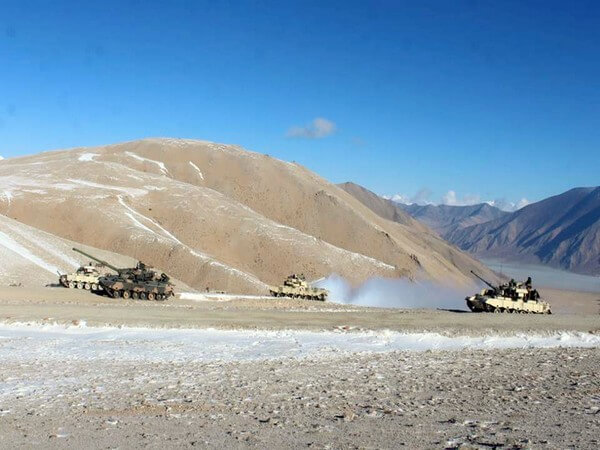
LAC – Condescending China Faces a Resolute India

The 13th round of talks at Moldo (Chinese side), on 10 October 21 between Lt Gen PGK Menon, Corps Commander 14 Corps and his counterpart the South Xinjiang Military District chief failed to make any further breakthrough in the 17 month long ‘Standoff’. A disengagement at Hot Springs / Patrol Point 15 was expected, following the earlier disengagement in the more sensitive North bank Pangong Tso and Gogra. Though both agreed to continue the military talks to seek a negotiated, peaceful resolution, however, the statement by Beijing and the official mouthpiece Global times are indicative of a hardened stance and a condescending attitude.
On earlier occasions after the Corps Commander level talks, the press release and statements both from Beijing and New Delhi were mostly conciliatory and diplomatically correct. This time it is different as China’s aggressive behaviour is now seemingly backed by a condescending attitude as evident from the tone and tenor of the statements.
Post the talks, China accused India for “persisting in its unreasonable and unrealistic demands, which added difficulties to the negotiations”. Senior Colonel Long Shaohua, spokesperson for the Western Theatre Command of the People’s Liberation Army (PLA), went on to say that “Instead of misjudging the situation, the Indian side should cherish the hard-won situation in China-India border areas.”
Though seemingly condescending the statement is also an unequivocal acknowledgement of India’s resolute and responsible response. Defending China’s position and intent he went on to add that the Chinese side made great efforts to promote easing and cooling of the border situation and fully demonstrated China’s sincerity of maintaining the overall interests of bilateral military relations. However, the Indian side still persisted in its unreasonable and unrealistic demands, which added difficulties to the negotiations. Thus, blaming India directly for the hardened positions.
The Corps commander level talks held in the backdrop of Chinese transgressions and faceoffs in Barahoti, Uttarakhand and Yangtze (East Tawag), Arunachal Pradesh, where reportedly a few PLA soldiers were detained by the Indian Army to be released after local commanders intervened, would have definitely been a factor and a cause of concern for the PLA. Indian Armed Forces have demonstrated a resilient and resolute response to the Chinese forward deployment, based on their operational philosophy of ‘ No Blinking No Brinkmanship’.
The Indian stand continues to be clear, concise and categorical – ‘Status Quo Ante’ as of April/ May 2020. China on the other hand shattered a four-decade old ‘Peace and Tranquillity’ based on the four agreements of 1993, 1996, 2005 and 2013.
Having violated the agreements unilaterally, the PLA spokesman went on to say that “the Indian side should abide by the relevant agreements and consensus reached between the two countries and two militaries, show sincerity and take concrete actions to jointly safeguard peace and stability in the border areas with China”. The statement is indicative of a hardened position as both armies prepare for the long haul.
Fortunately, the Indian Army is by far the most battle hardened force in the world specially so in high altitude warfare, with decades of experience of prolonged and sustained deployment along the LAC, LoC and the Siachen Glacier. The PLA despite certain terrain, infrastructure and technological advantages will find sustained deployment difficult as the troops are soft, lack motivation and experience on account of nearly 40% conscripts who look over their shoulders to getting back to a better life in civil street post the compulsory two years service. The costs for the Indian Army have increased as they look at long term deployment along the LAC, but for the PLA the increase in costs is exponential as they are accustomed to operating from their bases and not from defended localities and platoon/ company sized posts.
While the Chinese may be willing to disengage from the present positions in Hot Springs and Demchock, it is the forward deployment at Depsang Plains, which will be critical for India to resolve. The first indicators of a strategic shift by China along the LAC were felt soon after Xi Jinping assumed the supreme leadership of China on 14 March 2013, the 19.5 km deep incursion by PLA took place on 14 Apr 2013, which was resolved after a 22 day standoff. This was the first such incident after Sumdrong Chu in 1986, and was followed by similar violations in Chumar 2014 and Doklam 2017. This should have been a warning enough for India of the changed Chinese intent and behavior along the LAC.
China respects strength and India needs to create conditions and capabilities to negotiate with China from a position of relative strength. Since the Galwan incident in June 2020, there has been no violent incident and a fragile peace prevails. This is mostly owed to the gallant action of Colonel Santosh Babu and his men who retaliated effectively in equal measure if not more, inflicting unacceptable casualties on the PLA. It is a fair assumption that the spikes and primitive weapons used by the PLA would have also been issued to other PLA units for similar use. There were many more Galwans waiting to happen but for the effective retaliation by the Indian Army and a show of strength and resolve. The resolute response by the Indian Armed forces has also ensured that there has been no escalation whatsoever after the initial forward deployment by the PLA in May 2020.
Some among the Indian strategic community have been unnecessarily critical of the decision by the government and the Army for having withdrawn from the operationally important heights on Kailash Range prematurely, thus conceding a major advantage and gaining little. The swift occupation of heights on Kailash range took the PLA by surprise, with India demonstrating a strategic resolve and resilience in first occupying the heights and thereafter withdrawing from the heights, forcing a negotiated withdrawal by the PLA in North Bank Pangong Tso, the most sensitive of standoffs.
Any ‘Quid Pro Quo’ like the Kailash Range has a finite value in time and space. India achieved her objective of a peaceful negotiated withdrawal by the PLA from North Bank Pangong Tso. This is the first ever withdrawal by China from occupied territories after 1979 Vietnam. It also needs to be noted that there are many a ‘Kailash Range’ along the 3488 km long border.
General Naravane, the Army Chief while interacting with the media, prior to the talks said that the military was matching Chinese deployments and was “quite well poised to meet any eventuality”. There has been a considerable push to infrastructure development along the LAC, the erstwhile still born Mountain Strike Corps has since been operationalised, the air assets beefed up with the state-of-the-art Rafale omni role aircraft located near the LAC.
India definitely is prepared for the long haul, having also carried out the much delayed ‘Strategic Rebalancing’, induction of UAVs, enhancing surveillance capabilities and improved logistics. This signals a shift in India’s posture towards China from one of defensive to defensive-offence, as she seeks a negotiated settlement of status quo ante as of April 2020.
As the world was busy combating the Made in China COVID 19, China following Sun Tzu’s dictum “In the midst of chaos, there is also an opportunity”, opened up many a front with utter disregard to the territorial integrity and sensitivities of her 27 neighbours, practicing military coercion in the South China sea, East China sea, against Taiwan, Vietnam, Japan, Malaysia, Indonesia, Philippines and even the smallest of its neighbour Bhutan.
China also faces internal turmoil, with dissent in Hongkong, Xinjiang region, South Mongolia and Tibet. The CPEC is central to the BRI, a China dream and a core national interest, is running into trouble with an increase in terrorist attacks targeting Chinese assets and interests. While India needs to prepare to meet and mitigate the ‘Two Front Threat’, it is China which faces numerous security challenges along the full spectrum of conflict.
The hardening of positions by China and her renewed information war which is integral to China’s three warfare strategy, needs to be countered by India. What India needs is a THREE ‘D’ STRATEGY. Defend along the LAC, Dominate the Indian Ocean and Deter China’s aggressive behaviour by ‘Bind to Balance’ with nations having convergence and congruence of interests.
India today is a risen, responsible and a resurgent nation, a regional power and a global leader. China respects strength and India should continue to negotiate from a position of relative strength, while ensuring a high degree of vigil and preparedness all along the LAC, come winters, spring or summer. India should also enhance the vigil in Tawang, Arunachal Pradesh and the Doka La/ Doklam area as the narrow Siliguri corridor is a strategic concern and vulnerability. A Chinese threat in these areas is more likely with hardening of positions.
While negotiating with China is a game of patience, time cannot be a binding factor. China needs to understand that for India her territorial integrity is non negotiable.
***************
Disclaimer
The opinions expressed in this article are the author’s own and do not reflect the views of Chanakya Forum. All information provided in this article including timeliness, completeness, accuracy, suitability or validity of information referenced therein, is the sole responsibility of the author. www.chanakyaforum.com does not assume any responsibility for the same.
Chanakya Forum is now on . Click here to join our channel (@ChanakyaForum) and stay updated with the latest headlines and articles.
Important
We work round the clock to bring you the finest articles and updates from around the world. There is a team that works tirelessly to ensure that you have a seamless reading experience. But all this costs money. Please support us so that we keep doing what we do best. Happy Reading
Support Us






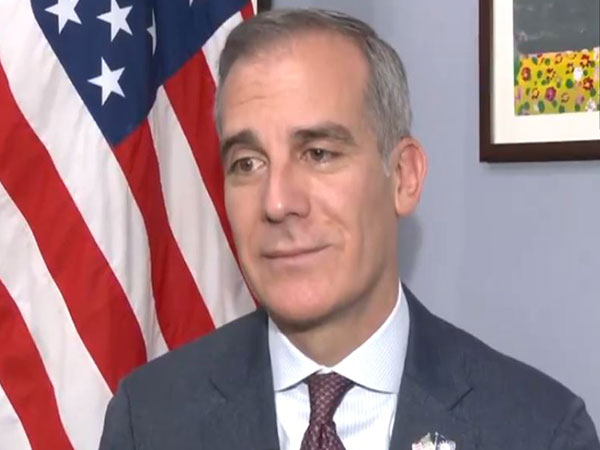
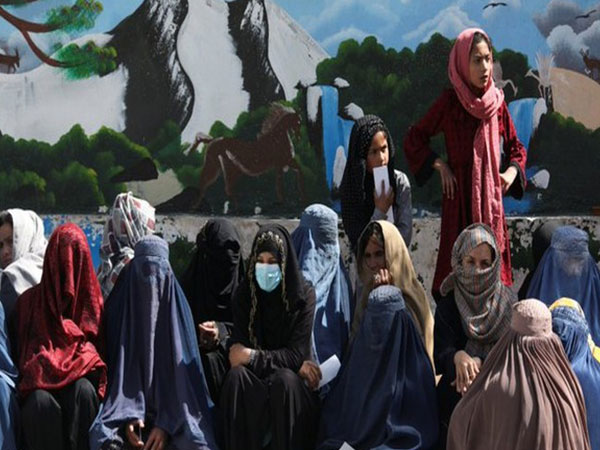

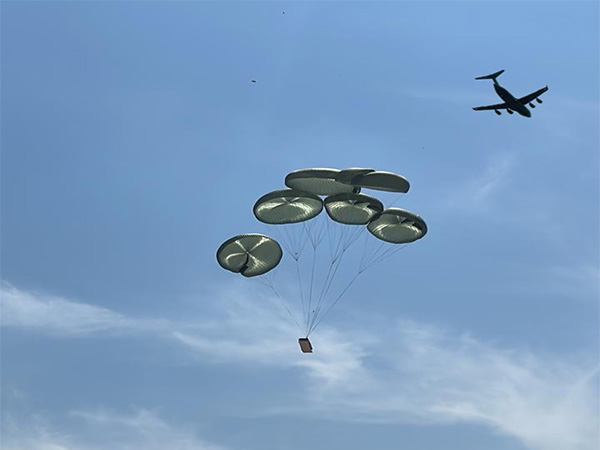
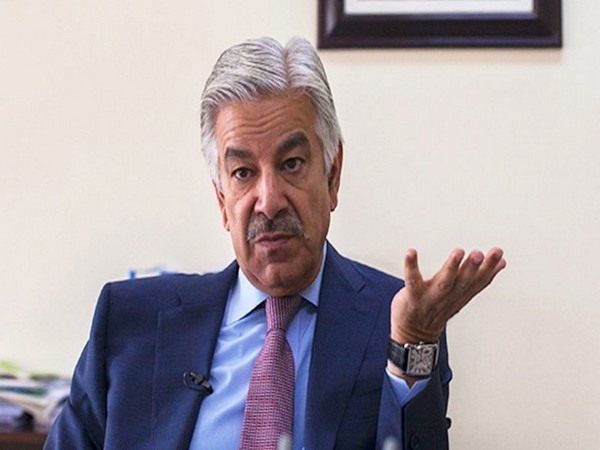
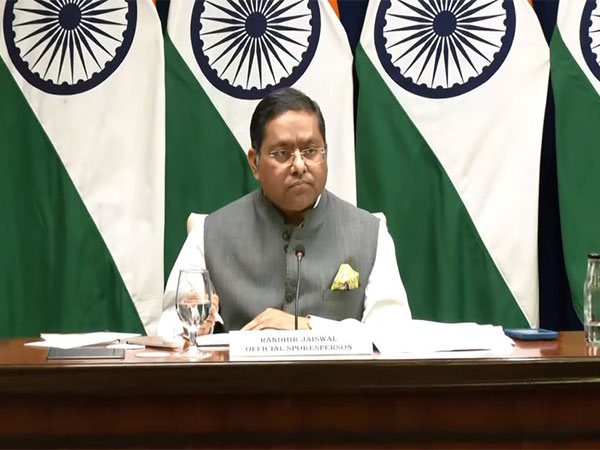









POST COMMENTS (1)
V S